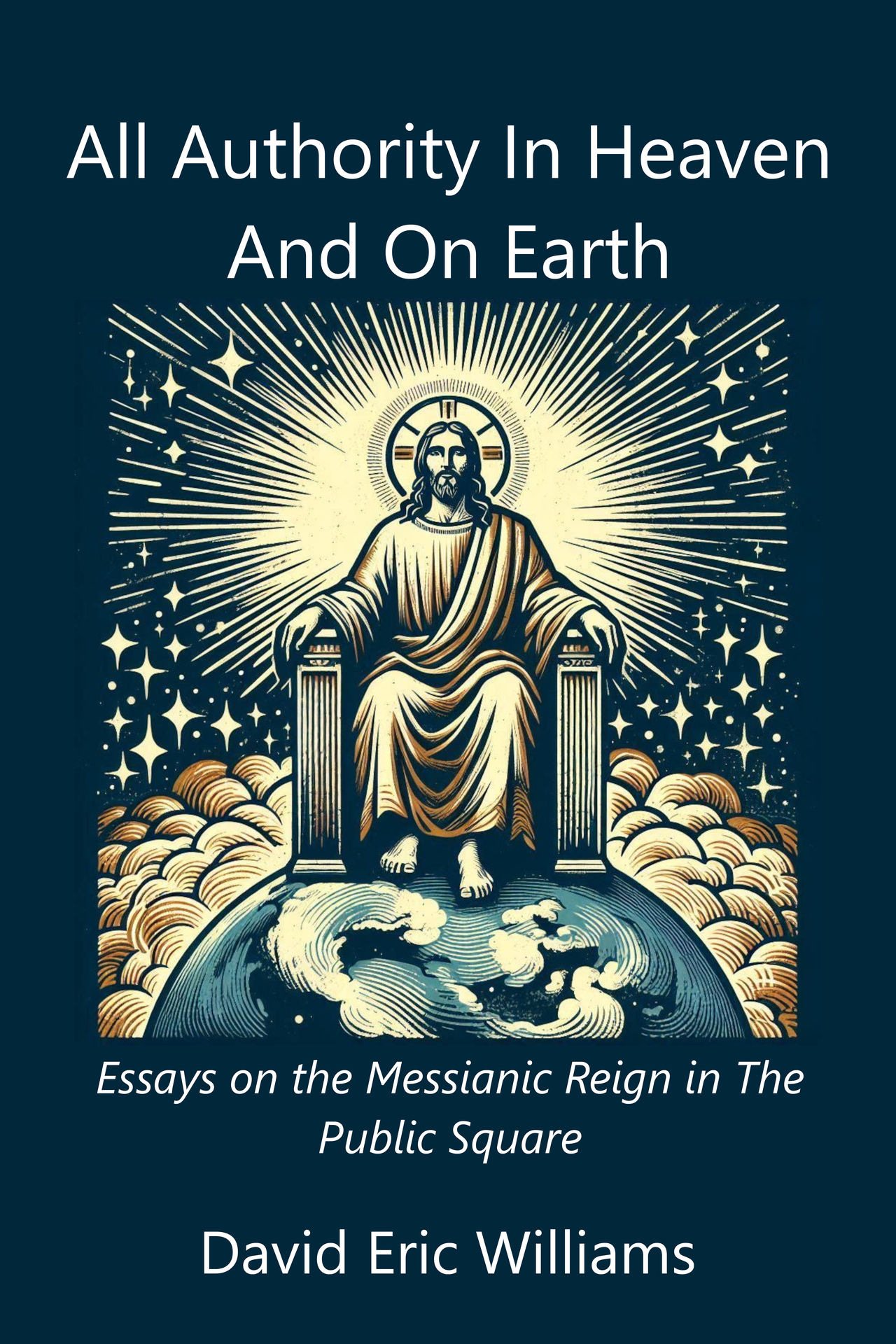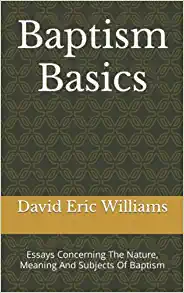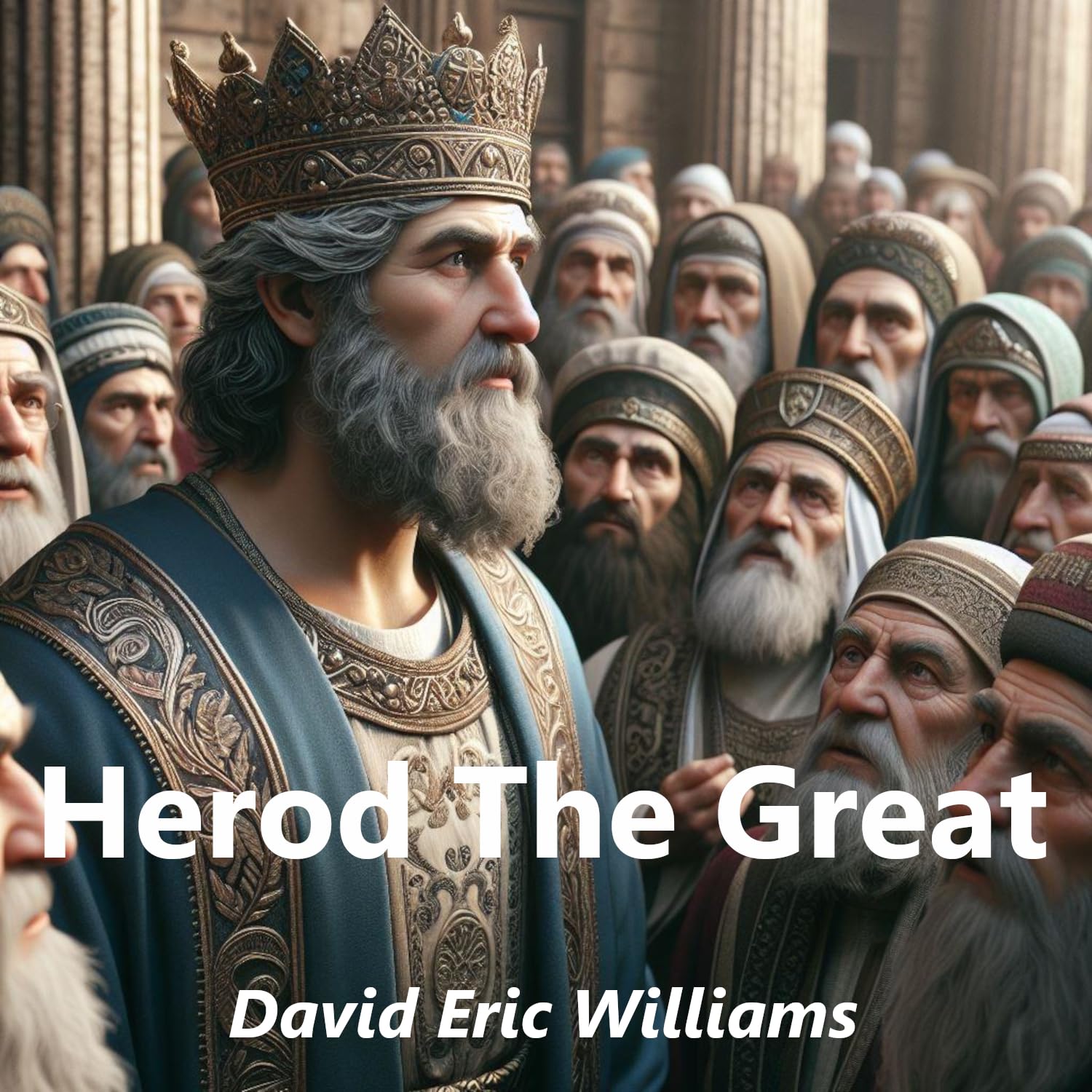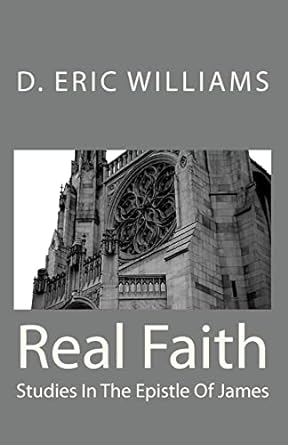Essays On Genesis: Day Two
© 3.29.06 By David Eric Williams
Within the Evangelical Church these days studies in the book of Genesis focus on the science of creation. That's fine - as far as it goes. But there is a need for an understanding of the theology of creation as well. We need to take careful note of how God created and the character of creation itself in order to fully grasp the message of Genesis chapters one and two.
The world does not exist for its own sake nor ultimately for the sake of man; but it was brought into being in order to disclose God. God's wisdom is displayed in creation - indeed, creation is God's wisdom. I think it was Chesterton who said that the pagans are closer to the truth than we when they see gods or spirits in everything. Most Christians have a hard time seeing God anywhere in creation. And yet a primary purpose of the created realm is to manifest God, to teach us about Him and to provide insight into who He is. For instance, God is a shepherd (Ps. 23:1), a fire (Heb. 12:29), like a lion and like a flock of birds (Is. 31:4-5). He is an eagle (Deut. 32:11), a lamb (Is. 53:7, Rev. 5:6), a hen (Matt. 23:37), the morning star (Rev. 22:16), food, drink and bread (Is. 55:1, John 6:35), a rock (Deut 32:4), and a tower (Prov. 18:10). Thus the Christian view of the universe must be fundamentally symbolic.1 We look at a flower, a rock or an eagle in flight and say, "here is wisdom, here is God on display." These things are expressions or symbols that help us to discover God and to learn to see through God's eyes, so to speak. Or to put it another way, the stuff of creation allows us to peer into the (ultimately incomprehensible), character of the Creator.
The Bible says;
There are three things which are too wonderful for me, yes, four which I do not understand: the way of an eagle in the air, the way of a serpent on a rock, the way of a ship in the midst of the sea, and the way of a man with a virgin. Proverbs 30:18-19
Now what is it that is so difficult to grasp about an eagle, a snake, a ship and a man wooing a woman? On the surface nothing. And that's the problem. We tend to think on the surface and never take time to meditate and consider the beauty, the subtlety of the world around us. However the Bible tells us that our minds must be trained in "God-think" because only a wise man can "understand a proverb and an enigma, the words of the wise and their riddles" (Prov. 1:6-7). In other words, careful study of the enigma called creation and meditation on what we discover will tell us about who God is and what He is like; because wisdom is found in the enigma of an eagle in flight, a serpent on a rock, a ship in the sea or a man wooing a woman. For instance, as we watch an eagle in flight we are impressed by it's strength and grace. But we also see that God is gladdened by the strength and grace of an eagle because the eagle is an image of something in God. Not in the way that Man is the image of God; yet there is something in God that only an eagle could represent, just as there is something in God that only fire can properly image - or a hen or a lion or a loaf of bread. And because God is beyond reckoning, it requires all of creation to illustrate even that small part of Him that the human mind can understand. Hence the need for Believers to cultivate a deep interest in the natural realm.
For example, the universe itself is what we might call a "tri-part continuum" made up of time, space and matter/energy.2 (As we mentioned before, this stuff of the universe came into being out of nothing by the command of God - cf. Ps. 33:6, Heb. 11:3). The universe is not a triad with distinct and separate components, but a tri-unity or a continuum wherein each component is coexistent and coterminous.3 In other words, the universe is all space, all time and all matter/energy. Any part of the universe is all three. In short, the universe itself is a likeness of the trinity.
Now then, when we look at Day Two of creation (Gen. 1:6-7), we see that God is beginning to take hold of creation and improve upon the original. We are told that God placed a firmament4 (expanse), in the "midst of the waters" to "divide the waters from the waters" (Gen. 1:6).
The firmament begins at the surface of the earth and extends to the "floor" of heaven. The result of this action, then, is water on the surface of the earth and water placed somewhere in what we call outer space. There are those who believe that the waters above were made into a vapor canopy and used by God to create a green house effect upon the earth.5 Others, such as James Jordan, contend that the water placed above the firmament was used to create the glass sea beneath the throne of God (Ex. 24:9-11, Ezk. 1:22, Rev. 4:6)6 Frankly I don't see any reason why both views cannot be true. It may be that a portion of the water was used to create the crystal sea under God's throne while the remainder was used to establish a vapor canopy over the earth. Yet if push comes to shove, I'd have to side with Jordan since it is clear that the biblical evidence supports the idea that the water was used for the floor of heaven. Moreover, the symbolism of the separated waters is also hard to ignore. In the division of the water we see a picture of the elect and the damned. Some of humanity has been chosen by God to be part of the heavenly realm. Another part has been condemned to eternal separation from God. There is a vast expanse between them and never the twain shall meet.
It also seems that the earth may have been genuinely formless in that the matter from which the earth was formed was spread evenly (randomly?), throughout the time/space/matter continuum, with the firmament "pressing" into shape the mass we call earth. Thus the firmament placed by God began to give form to creation.
The second day closes without the benefit of a sunset. God had created light on the first day and separated light from dark; however the stuff of light has yet to be congealed into the fiery lamps of the firmament. So ends day two of creation.
___________________________
1. James Jordan, Creation In Six Days: A Defense of the Traditional Reading of Genesis One, (Moscow: Canon Press, 1999)
2. Henry Morris,The Genesis Record, (Grand Rapids: Baker book House, 1976, 1991), 41.
3. "Same or coincident boundaries, coexistent in scope." Webster's Seventh New Collegiate Dictionary
4. Hebrew is "beaten out, spread out." R. Laird Harris et al, eds. Theololgical Wordbook of the Old Testament, (Chicago: The Moody Bible Institute, 1980).
5. Morris, 59. Also, Joseph C. Dillow, The Waters Above, (Chicago: Moody Press, 1981).
6. Jordan, 181.
Entire Site Copyright © 2025 By David Eric Williams










